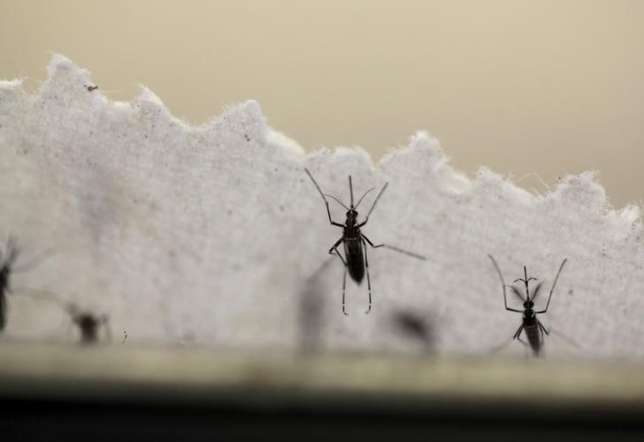In a report released yesterday in Geneva, Switzerland, as part of activities to celebrate the World Malaria Day, WHO projects that 6 African countries will be among the 21 that would eliminate local transmission of Malaria by 2020.
The report titled, “Global Technical Strategy for Malaria 2016-2030,” shows that there is a significant reduction in the population of children and adults dying of the disease in the last one year.
It also stated that in addition to Europe, eight countries including Argentina, Costa Rica, Iraq, Morocco, Oman, Paraguay, Sri Lanka and United Arab Emirates witnessed a great reduction in Malaria-induced deaths.
Dr. Pedro Alonso, The Director of the WHO Global Malaria Programme, however pointed out that National Governments must invest in new Malaria control technologies, if Africa must meet the global target of eliminating the disease by 2030.
“WHO commends these countries while also highlighting the urgent need for greater investment in settings with high rates of Malaria transmission, particularly in Africa. Saving lives must be our first priority,” he says.
“Since the year 2000, Malaria mortality rates have declined by 60 per cent globally. In the African region, Malaria mortality rates fell by 66 per cent among all age groups and by 71 per cent among children under five years.
“But reaching the next level elimination will not be easy. Nearly half of the world’s population, 3.2 billion people, remain at the risk of Malaria. Last year alone, 214 million new cases of the disease were reported in 95 countries and more than 400 000 people died of Malaria.”
While there is a marked decrease in the general infection rate especially in little children, it is quite disturbing to know that Africa still accounted for more than 90 per cent of the deaths recorded from the disease in 2015.
He added, “New technologies must go hand in hand with strong political and financial commitments. Governments must strengthen surveillance of cases to identify gaps in coverage and be prepared to take action based on the information received.
“As countries approach elimination, the ability to detect every infection becomes increasingly important. This strategy will require an increase in global and domestic funding from $2.5bn today to an estimated $8.7bn annually by 2030.”




